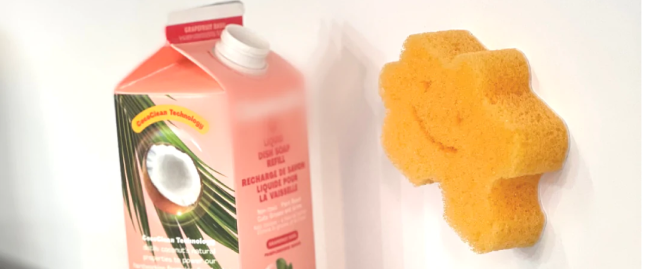HOW KIDS INNOVATIVELY USE BREAD TO FUEL POKEMON STICKER COLLECTING

On the 3rd of March, an employee of a convenience store in Guri, Gyeonggi-do, said, looking at the empty shelves, “This is the first time I sold 150 pieces of bread a day. Our back orders have not arrived, so we are sending customers back for the next few days.”
One thing that continues to sell out at convenience stores every day is the recently re-released Pokémon Bread. This bread with character stickers from the anime 'Pokémon' has recently become a rarity among the MZ generation (a combination of the Millennials and Generation Z). In the late 1990s, thanks to the popularity of animation, the craze for sticker collection among elementary school students at the time was intense.

Freelancer Park (34) bought Pokémon buns to collect stickers. This was from Park's Instagram capture
From the sticker collection craze to the phenomenon of hoarding
SPC Samlip announced on the 23rd of last month that it would re-release Pokémon Bread, which was released in 1999 but was discontinued in 2006. As the news became known, a stockpile of stocks began to occur, centered on people in their 20s and 30s who had nostalgia for Pokémon bread. Industry analysts say this is a phenomenon that occurred when people in their 20s and 30s, who bought bread by dividing the allowance they received from their parents, gained purchasing power. An office worker in his 30s in Seoul said, "I wanted to recall my childhood memories, so I went to six convenience stores, but there was no stock, so I gave up."
When this bread was first released, there was a widespread phenomenon where elementary school students only kept the Pokémon stickers while throwing away the bread. More than 20 years have passed, and recently, posts have been appearing one after another on the second-hand trading application (app) saying, “Bread without stickers is given out for free.”
Freelancer Mo (34) Park, who bought 78 loaves of bread to collect stickers, said, "I went to the convenience store at the time the bread was delivered. I bought the bread, took the stickers for my collection, and sold all the remaining bread to local students through the second-hand trading app 'Carrot Market'."
You can't know what stickers are inside until you open the package, so boasting your own rare stickers on social media has become a game culture among MZ. RM (28, real name Kim Nam-Joon), a member of the K-pop group BTS, also posted a photo of a Pokémon Bread sticker on his Instagram on the 27th of last month.

From left, a stand dedicated to Pokémon bread placed at a convenience store in Guri, Gyeonggi Province, on the 1st and 3rd. It is said that all the orders are arriving due to the continuous shortage of stock. Reporter Park Geon
MZ voluntarily marketing products in memories
The food industry is also enjoying an untimely boom thanks to ‘viral marketing’ by MZ consumers. It is a way to induce consumers to voluntarily market by re-launching products that evoke memories of their school days in their 20s and 30s, who are actively using social media. An industry official said, "In many cases, the social media posts of young consumers flash more than advertisements made by companies. It seems that the products in the memories of MZ will continue to appear on the market.”
MZ, who has become an adult, is enthusiastic about the stickers she collected when she was in elementary school. It is the phenomenon of 'kidult' (an adult who is passionate about children's favorite cartoons and toys) and MZ's 'flex' through social media. Experts analyze that it is the result of a combination of (flex, show off) culture.

Stickers collected so far by freelancer Park (34). Overlapping stickers are said to be exchanged with other people through a second-hand trading app. Park's Instagram capture
Eunhee Lee, a professor of consumerism at Inha University, said, “There are not only flexes that show off one’s wealth or wealth, but also items of memory that peers can relate to. It is a phenomenon that seeks to satisfy the need for recognition by posting it on social media to elicit reactions from peers.” Professor Lee added, “The industry’s strategy to deliberately control supply to increase scarcity may also have had an impact.”
As inventory shortages continued in various places, some pointed out that the company was intentionally controlling the supply. In response, an SPC Samlip official said, “This is a phenomenon that occurred because demand was higher than expected. We are supplying as much as possible,” he said.
Source: Park Geon from The JoongAng (March 5, 2022)
More Korean Innovation News

The Rise of Womance: Women Spearhead Korean Entertainment

A Korean Marriage Story

Jwipo, Your New Jerky Obsession

To Binge or not to Binge?

The K-pop Comeback: Returning from Military Service

Longcations: Escaping to Vietnam

Kkondaes at Work: GenZ and Millennials Battle at the Office

The American Bansang Experience


